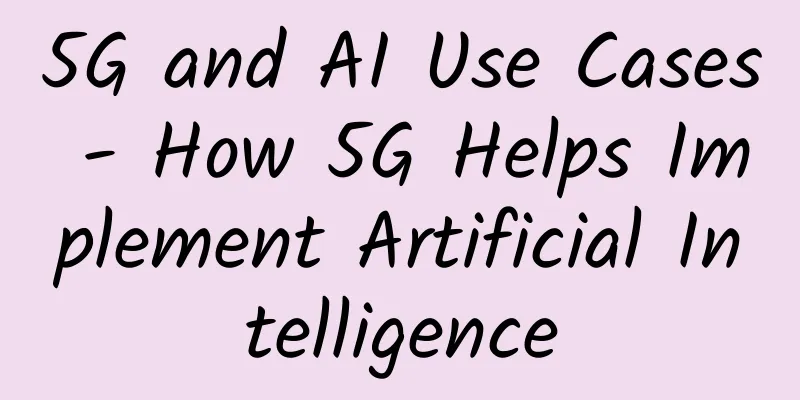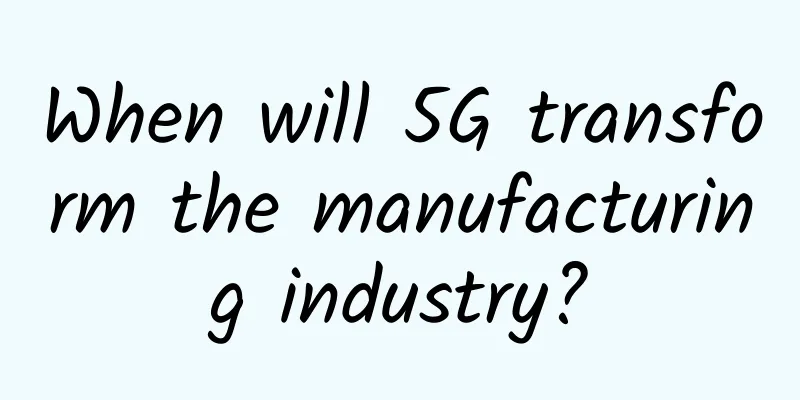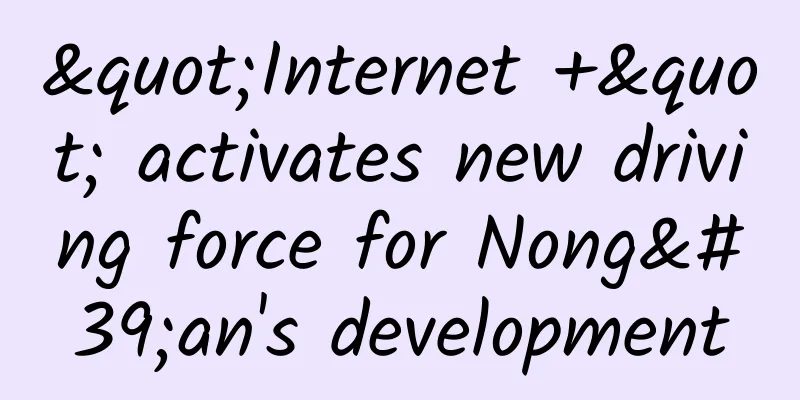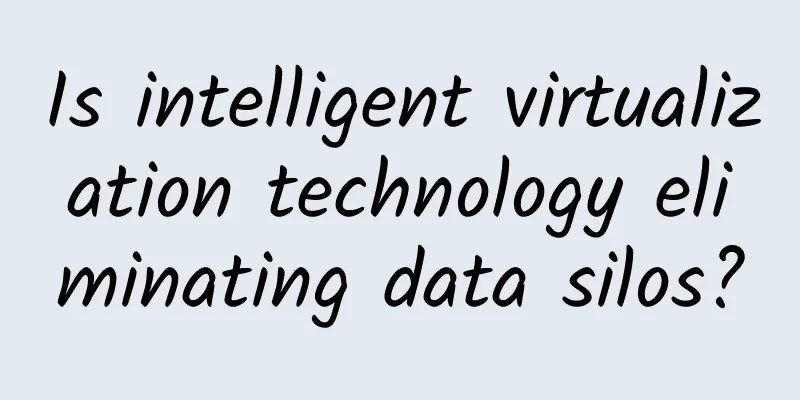5G and AI Use Cases - How 5G Helps Implement Artificial Intelligence

|
Michael Baxter says 5G will unlock the potential of artificial intelligence. But how will artificial intelligence and 5G most impact our daily business lives? What are the use cases for 5G and AI? Convergence makes 5G and AI use cases exciting: 5G can spark an AI revolution, pushing it into different sectors and creating new AI use cases. When Apple introduced the iPhone, few people understood its significance. Of course, there was a reason for that. At the time of the product’s launch in 2007, wireless internet speeds were pretty slow. 3G had been introduced by NTT DeCoMo in 2001, but network deployment was incremental. The convergence of touchscreen phones with 3G and 4G created demand that few expected. “The importance of AI will go hand in hand with the advent of 5G” There was another problem - as popular applications emerged, demand for 3G surged and 3G networks became strained, thus accelerating the arrival of 4G. 5G RevolutionAccording to Allied Market Research, the global 5G market is expected to grow from $5.13 billion in 2020 to $797.8 billion in 2030. IDTechEX has reached a similar conclusion. In a recent report, it concluded that “the 5G market is about to take off.” It predicts that by the end of 2032, consumer mobile services using 5G technology will generate approximately $800 billion in revenue. Dr Yu-Han Chang, 5G technology analyst at IDTechEX, said: “5G will enable greater data flows and faster data collection, allowing AI to generate more accurate models and predictions. “Together, 5G and AI will accelerate the development of a fully connected and intelligent world.” 5G is expected to be over 100 times faster than 4G, which may seem like an incredible increase, but applications will emerge to fill the opportunities created. 5G is expected to be more than 100 times faster than 4G, which may seem like an incredible increase, but applications will fill the opportunities it creates. As always, when you dig deeper into these things, complications arise. There are, in fact, two very different kinds of 5G networks. At one level, mmWave operates at 100 MHz, offers frequencies between 24 - 100 GHz (gigahertz), and provides impressively low latency, but is limited to a range of 300 meters. In contrast, Sub-6 GHz operates at 50 MHz, has greater latency than mmWave but is better than 4G, offering frequencies between 3.5 - 7 GHz but with a coverage range of 1.5 km. In other words, mmWave can support more powerful applications, but requires more infrastructure investment due to its smaller coverage area. Therefore, most 5G deployments to date have been for Sub-6 GHz. The impact of 5G on AIThe impact of 5G on artificial intelligence will not be immediate, but it will be significant. Although AI may be more pervasive than is generally believed, its impact has so far been limited. So while most of us use AI without realizing it, for example when we use our smartphones as a navigation tool, the real impact of AI is right before our eyes. With the advent of 5G, artificial intelligence is becoming increasingly important. The convergence of these two technologies will have a huge impact on all of us, will have huge economic significance, and will transform many business operations. 5G, IoT and AI will drive use casesThe Internet of Things (IoT) will underpin the convergence between 5G and AI. Adam Bujak, CEO and co-founder of process intelligence company KYP.ai, said: “5G will drive the growth of the Internet of Things. It will allow organizations to use more connected devices and smart sensors. "By using connected devices and services, we will be able to conduct our processes in a more digital way, both in the physical world and online. As a result, we will see the growth of phygital [physical + digital] products and services, including virtual reality operating models and customer interactions." IDTechEX said: “The high throughput and ultra-low latency of 5G [particularly mmWave] enables it to enter a variety of high-value areas such as 3D robotic control, virtual reality monitoring, and remote medical control that were not possible with earlier technologies.” Use cases based on IoT and the convergence of 5G and AIWe will see unprecedented connectivity between products. At one level, we may see coffee cups communicating with coffee vending machines, but at another level, we will see self-driving cars communicating with each other, which has huge implications for the future of transportation. The data collected by the IoT will also provide the resources needed for machine learning or artificial intelligence to develop and create deeper insights. 5G and AI Use Cases – ConsumerThe convergence of 5G and AI will underpin the emergence of the Metaverse. There’s a lot of hype about the metaverse in 2021 that has created a backlash. Part of the problem here has to do with the definition of the metaverse. On the one hand, it conjures up the idea of a virtual world, but in reality, its meaning is much more prosaic. Some even say that Zoom calls involve the metaverse, which they define as a combination of the digital and physical worlds. Virtual reality and augmented reality or immersive reality will become the basis of the virtual world, while 5G and artificial intelligence will change it. The convergence of 5G and AI will create new use cases in gaming and streaming services, for example, providing 3D and virtual reality viewing that supports the way we communicate. It will also transform social media. The convergence of AI and 5G will also create tools that we will use in our daily lives – for example, real-time language translation tools. B2B Use Cases for AI and 5GThe business-to-business applications will be numerous, but one of the most important aspects will be the support 5G provides for remote work. Take how Grammarly supports text communications, for example. But with advances in virtual and augmented reality, it’s not hard to imagine how 5G and AI could transform not only remote work, but mobile work as well.
Still, for B2B, there is the issue of automation technology. Adam Bujak said: “5G will expand the scope of digital transformation and bring us more opportunities for innovation and automation. We will get more data and insights from all these physical processes and connected devices, allowing us to train artificial intelligence and use it for business and process analysis. In turn, intelligent service automation driven by results will bring more possibilities.”
Office automation is one opportunity, but the combination of 5G and AI will also support industry and manufacturing; on the one hand, it will be able to support equipment maintenance, monitor machines and detect potential problems in advance, but it also presents the attractive prospect of remote operation of machines.
Working in parallel, AI and 5G will transform transportation connectivity, including autonomous vehicles, drones, and transportation infrastructure, such as ensuring traffic lights support optimal traffic flow.
The opportunities that AI and 5G bring in healthcare are manifold, but one of the most tantalizing will be related to remote monitoring of patients while they are out and about. Now is just the beginningBut there will be many more use cases for AI and 5G; these are just the beginning. The convergence of these technologies will prove to be very important and will unlock AI, ultimately justifying much of the hype of the past decade. |
<<: What does 5G mean for enterprise business?
>>: VXLAN and MPLS: From Data Center to Metro Ethernet
Recommend
The 2020 Third Dual-State IT Beijing User Conference concluded successfully!
On January 11, 2020, the 2020 Third Dual-State IT...
Yecao Cloud Labor Day Promotion: Hong Kong BGP line VPS special price from 88 yuan per year, Hong Kong dedicated server from 199 yuan/month
Yecaoyun has already started the Labor Day promot...
Summary information: Hengchuang Technology/Wuyou Cloud/Hengtian Cloud/Ceraus/ServerSuper
At the beginning of 2022, we received New Year pr...
Cloud-led security makes safety predictable. Huawei takes you to a safe world where people feel safe.
【51CTO.com original article】 Just last week, the ...
Operators competing in the digital service market for SMEs are facing opportunities for transformation and development
Recently, the Ministry of Industry and Informatio...
DiyVM: 69 yuan/month XEN-dual core/2G memory/50G hard disk/5M unlimited traffic/Osaka, Japan data center
DiyVM is a Chinese hosting company founded in 200...
drServer: Dallas unlimited dedicated servers starting at $12/month
drServer is a foreign hosting company founded in ...
After the failure of Germany's Industry 4.0, can China successfully achieve industrial networking with 5G?
Key points: After Germany proposed Industry 4.0 i...
How to use Layer 3 switches to build enterprise VLANs
The expansion of enterprise scale has led to the ...
With intelligent networking and remote working, Dandelion allows you to spend the New Year without having to work overtime!
Grabbed a ticket to go home for the Spring Festiv...
The sooner you know, the sooner you will benefit. What exactly is NaaS, which is about to become a trend?
X-as-a-Service offerings have been around for mor...
The strength of the WiFi signal is related to this core factor. Don't get it wrong.
When buying a wireless router, you should buy one...
HostKvm 20% off, Singapore VPS monthly payment starts from $5.6, 2G memory/40G hard disk/50M bandwidth
HostKvm has launched a regular promotion this mon...
Manually sending packets only handshakes twice, I discovered the secret of TCP
[[399328]] Planet Questions There are at least 9,...
War in the SDN World: SR and Openflow
In the past two years, SDN technology has continu...









